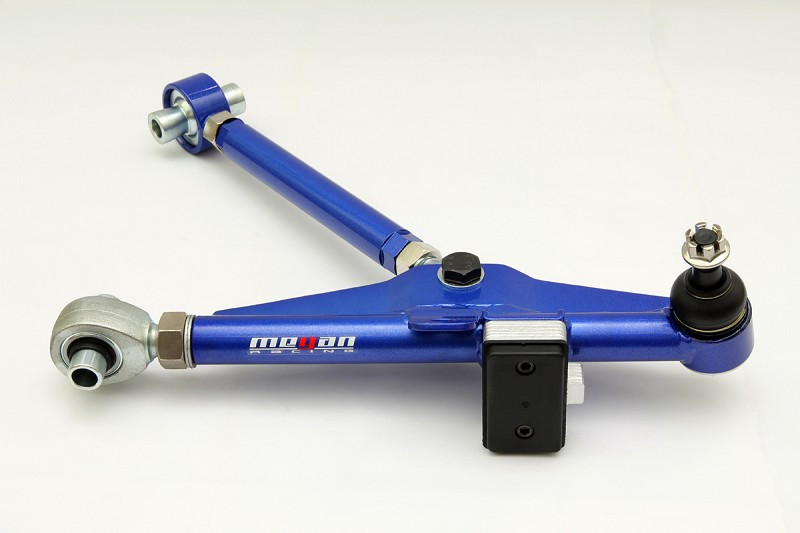

Step 4: Separate the control arm from the cradle. Note: Age and mileage sometimes make them difficult to separate.Give it a tap or two with the hammer.ĭon’t worry if it takes a few good whacks to separate them. Insert the ball joint separator between the ball joint and the hub. The ball joint has a stud that extends into the wheel hub and is secured by a nut and bolt. Select the appropriately sized socket and wrench. Step 2: Separate the ball joint from the hub. Carefully remove the wheel and keep it aside. Using the ratchet and socket, loosen the lug nuts on the wheel. Do not fully lower the jack and keep it in the extended position. Once positioned, slowly lower the car onto the jack stand using the floor jack. Note: Be sure to place each jack stand in a strong spot such as under a cross-member or chassis to support the car.Once you get to that point, find the lowest point underneath the car at which to place a jack stand. Raise the car slowly until the tire just loses contact with the ground. Position the wheel chocks or blocks, in front of and behind at least one or both rear wheels. As you are replacing suspension components, it is safer if you do not lift the vehicle from any suspension points.
#LOWER CONTROL ARM MANUAL#
If your vehicle does not have these indications, consult your owner's manual for the proper jack point locations. Note: Some vehicles have a clear marker or cut out under the sides of the car located near each wheel to indicate the proper jacking point.Jack the vehicle up at the recommended jacking points instead of trying to raise it by sliding the jack under the front of the car. With most vehicles being low to the ground and having large trays or belly pans under the front of the car, it is best to do one side at a time. Step 1: Locate your vehicle’s jacking points. If you are unsure of your vehicle’s weight, check the VIN label which is usually located on the inside of the driver’s door or on the door jamb itself for your vehicle’s Gross Vehicle Weight Rating (GVWR). Note: Be sure to use a jack and jack stands with the appropriate weight capacity to lift and support your vehicle. If the control arm is damaged due to impact, or if the bushings and/or ball joint need replacement due to wear, it is more time and cost-effective to replace the entire arm as it generally comes complete with new bushings and ball joint. The front lower control arm is attached at its inner end to the engine or suspension cradle by rubber bushings and at the outer end by a ball joint to the wheel hub. Control arms also provide a pivot point for your wheel to travel up and down as well as turn left and right. They provide a mounting point for the wheel assembly including the wheel hub and brake assembly. Control arms are an important part of your vehicle’s suspension.


 0 kommentar(er)
0 kommentar(er)
